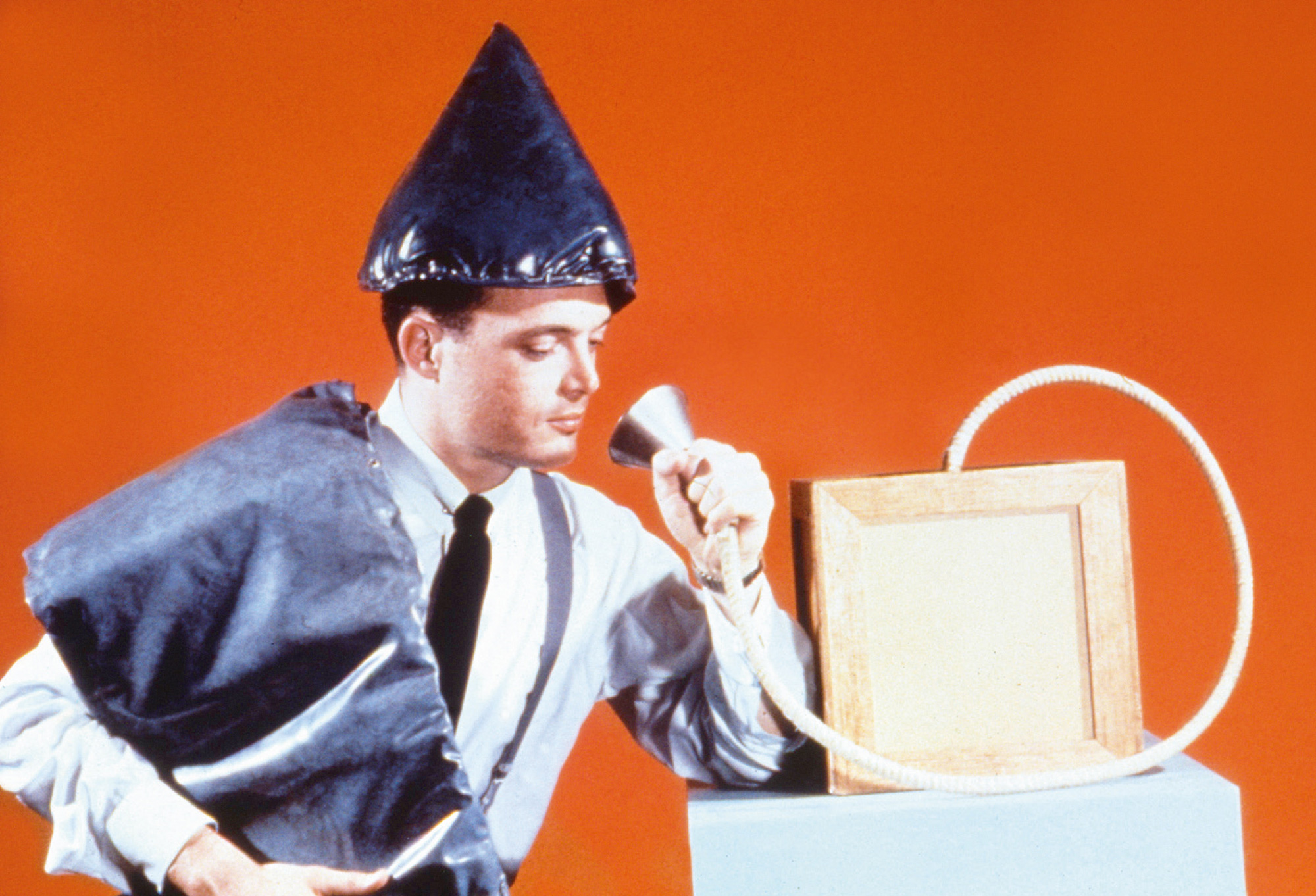Thinking Inside the Box
Wilhelm Reich and the invention of sex
Christopher Turner

When Wilhelm Reich, the most brilliant of the second generation of psychoanalysts who had been Freud’s pupils, arrived in New York in late August 1939, exactly thirty years after his mentor and only a few days before the outbreak of war, he was optimistic that his ideas about fusing sex and politics would be better received there than they had been in fascist Europe. Despite its veneer of puritanism, America was a country already much preoccupied with sex—as Alfred Kinsey’s renowned investigations, which had begun the year before, were to show. However, it was only after World War II that the idea of sexual liberation would permeate the culture at large. Reich could be said to have invented this “sexual revolution”; a Marxist analyst, he coined the phrase in the 1930s in order to illustrate his belief that a true political revolution would only be possible once sexual repression was overthrown, the one obstacle Reich felt had undermined the efforts of the Bolsheviks.[1] “A sexual revolution is in progress,” he declared, “and no power on earth will stop it.”[2]
Reich was a sexual evangelist who held that satisfactory orgasm made the difference between sickness and health. It was the panacea to all ills, he thought, including the fascism that forced him from Europe. In his 1927 The Function of the Orgasm, he concluded that “there is only one thing wrong with neurotic patients: the lack of full and repeated sexual satisfaction.”[3] Seeking to reconcile psychoanalysis and Marxism, he argued that repression—which Freud came to believe was an inherent part of the human condition—could be shed, leading to what his critics dismissed as a “genital utopia” (they mocked him as “the prophet of bigger and better orgasms”). His sexual dogmatism got him kicked out of both the psychoanalytic movement and the Communist Party. Nevertheless, Reich was a figurehead of the sex-reform movement in Vienna and Berlin before the Nazis, who deemed it part of a Jewish conspiracy to undermine European society, crushed it. His books were burned in Germany along with those of Magnus Hirschfeld and Freud. Reich fled to Denmark, Sweden, and then Norway, as fascism pursued him across the continent.
Soon after he arrived in the United States (by which time his former psychoanalytic colleagues had long questioned his sanity), Reich invented the Orgone Energy Accumulator—a wooden cupboard about the size of a telephone booth, lined with metal and insulated with steel wool.[4] It was a box in which, it might be said, his ideas about sex came almost prepackaged. Reich considered his orgone accumulator an almost magical device which could improve its users’ “orgastic potency” and, by extension, their general, and above all mental, health. He claimed that it could charge up the body with the life force that circulated in the atmosphere, a force he christened “orgone energy”; in concentrated form, these mysterious currents could not only help dissolve repressions but treat cancer, radiation sickness, and a host of minor ailments.[5] As he saw it, the box’s organic material absorbed orgone energy, and the metal lining stopped it from escaping, acting as a “greenhouse” and, supposedly, causing a noticeable rise in temperature in the box.